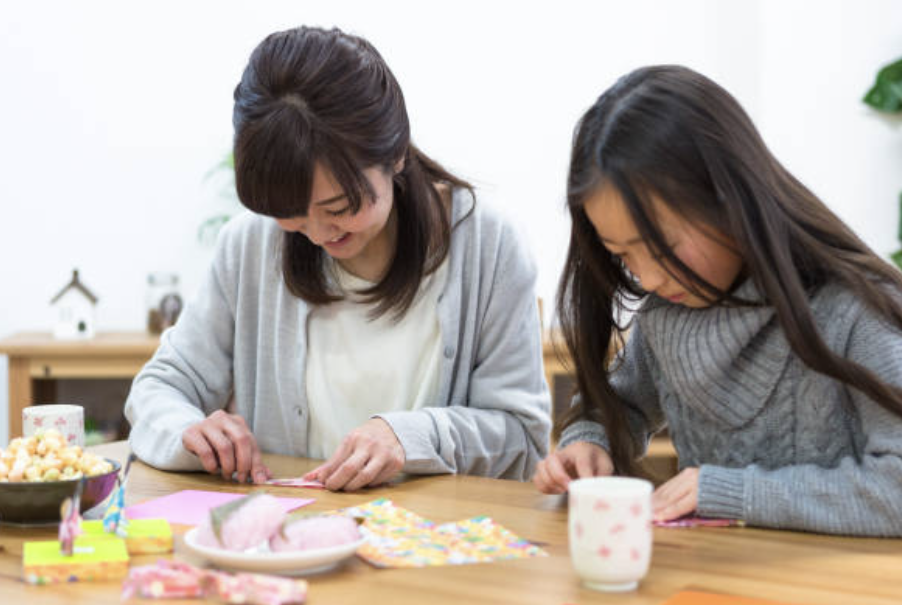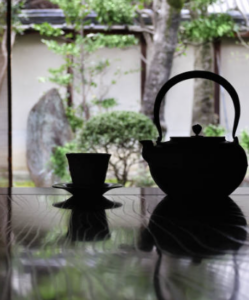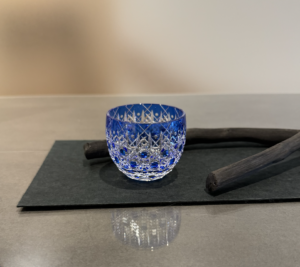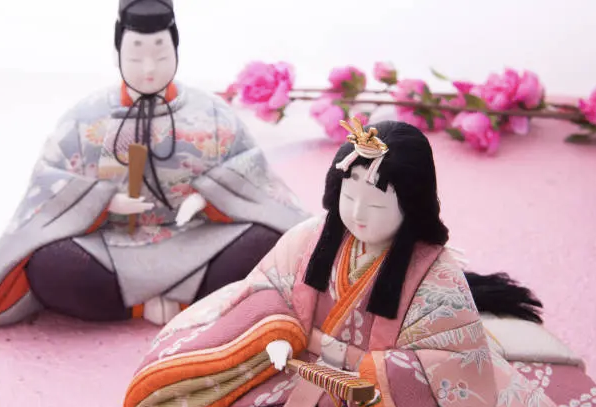
Hinamatsuri, also known as Girls’ Day or the Doll Festival, is celebrated in Japan on March 3rd. Hina(雛)comes from the word O-hina-sama (お雛様), meaning a lady doll.
This ancient tradition has roots in Japanese history and culture, starting as a nobles-only celebration to a festival for all girls in the Edo Period. It involves the display of unique dolls and prayers for young girls’ health and happiness.
But there are more details like floating paper dolls down to rivers, special food eaten only on this occasion, festivals and the sweet tradition of heading down the doll set from mother to daughter for generations.
Origins and Evolution of Hinamatsuri
Hina Dolls Display as Symbol of Prosperity
Other Decorations
Traditional Foods of Hinamatsuri
The Floating Purification Ritual – Attend Hina Nagashi
Public Display to Visit
Modern Hinamatsuri
Origins and Evolution of Hinamatsuri
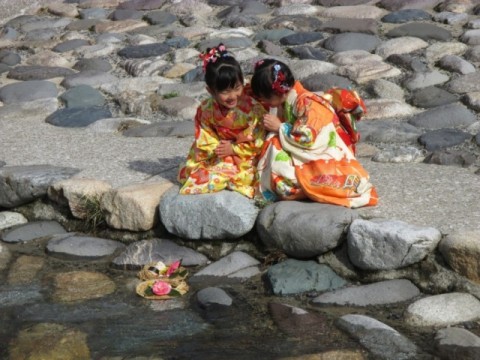
The celebration of Hinamatsuri dates back to the Nara Period (710-794).
Initially, it was tied to the seasonal tradition of Momo no Sekku, Peach Blossom Festival, which date was probably linked to the old Chinese calendar. Sekku were five annual festivities falling on the auspicious dates of 1.1 ( Jan 1st), 3.3 ( March 3rd), 5.5 ( May 5th), 7.7 (July 7th) and 9.9 (September 9th). Originally, staw dolls and prayers were purified, letting them to float in rivers. In this season, peach blossoms were celebrated as they were beautifully blooming.
One story attributes the festival’s popularity to Princess Okiko, daughter of Emperor Go-Mizunoo, who delighted in playing with a hina doll set made exclusively for her. When she ascended the throne as Empress Meisho in 1687, she popularized this holiday.
Hinamatsuri then evolved during the Edo Period (1603–1868) into its current form, featuring elaborate displays of hina dolls. Therefore, the version we know today is much more recent.
Hina Dolls display as Symbol of Prosperity
Central to Hinamatsuri are the hina ningyo (雛人形), elegant dolls representing the imperial court of the Heian period (794-1185).
These dolls, displayed on red-cloth-covered platforms, the top tier features a male and female doll, symbolizing the Emperor and Empress. Current home decorations often include this tier only.
Lower platforms can go from 2 to 7 steps, including court ladies, musicians, ministers, and protectors, all dressed in Heian-period attire. Several objects and food offerings decorate the scene.
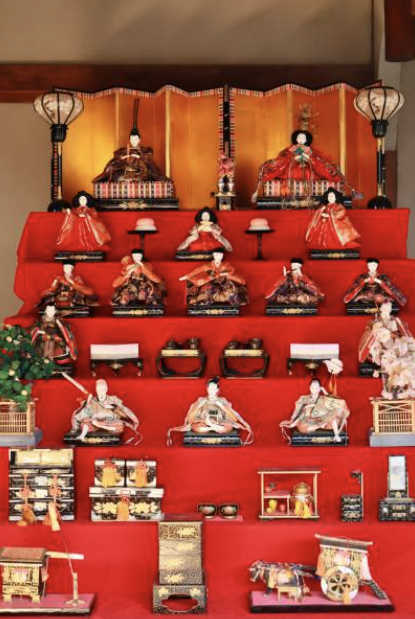
Some differences exist between the Kyoto and Tokyo decorations, and an expert eye can recognise where a setting comes from.
Displaying Hina dolls allows families to pray for their daughters’ prosperity, health, and successful future, including, in older traditions, a stable marriage. Dolls are often passed down through generations or purchased for newborn daughters. However, families start celebrating the following year if a girl is born in the first months of the year.
Superstition surrounds the dolls’ removal: keeping them up past March 4 is said to result in a late marriage. Typically, they are displayed from early spring (after Setsubun) and packed away immediately after the festival. However, in modern times, these dates are not as strict.
Other decorations
The celebration also includes other beautiful decorations
- Tsurushi-bina: Hanging silk ornaments, such as miniature dolls, flowers, and shells.
- Peach blossoms: Representing femininity and grace.
- Bonbori: Decorative paper lamps illuminating the doll displays.
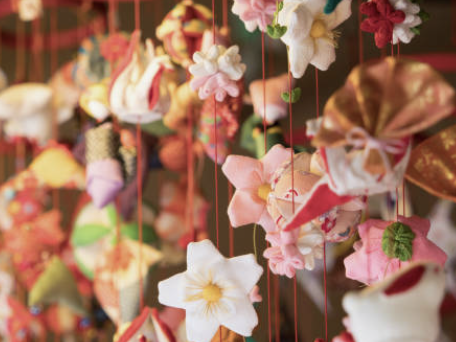
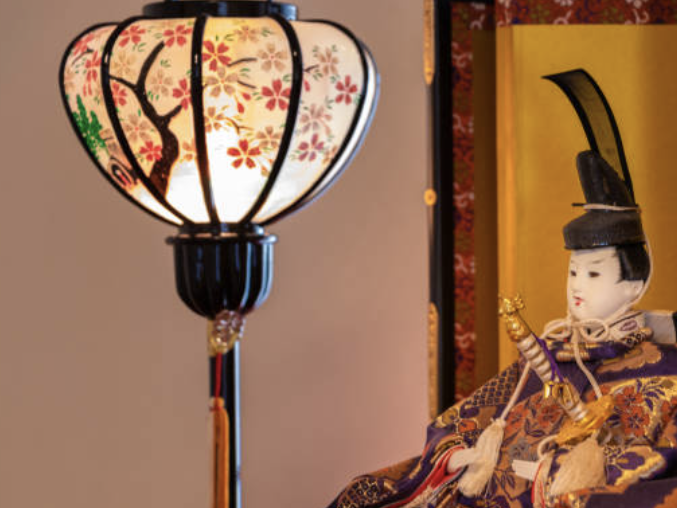
Traditional Foods of Hinamatsuri
Hinamatsuri wouldn’t be complete without its own culinary offerings.
- Hina-arare: Colorful rice crackers.
- Hishi mochi: Diamond-shaped rice cakes with pink, green, and white layers.
- Chirashizushi: Flavored sushi rice adorned with vegetables and seafood.
- Ushiojiru: Salt-based soup with clams.
- Shirozake: Sweet fermented rice wine.
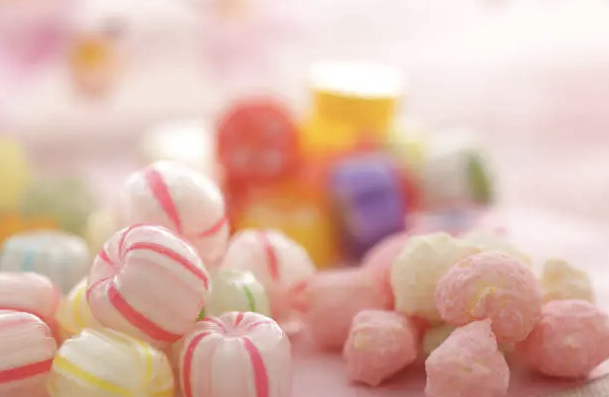
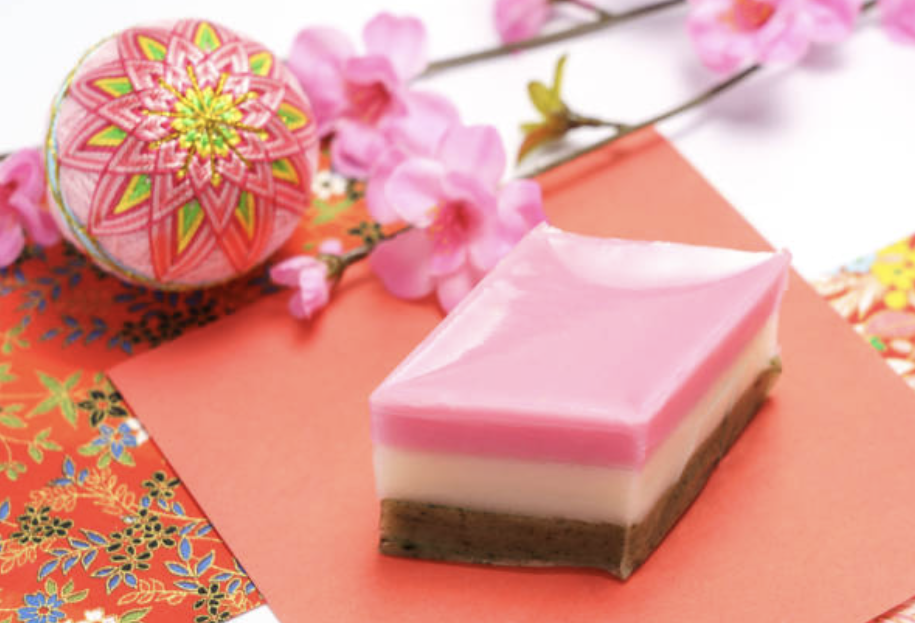
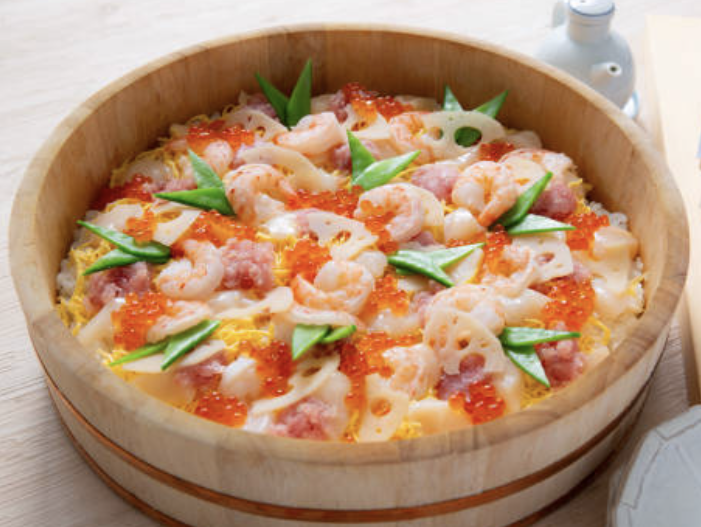
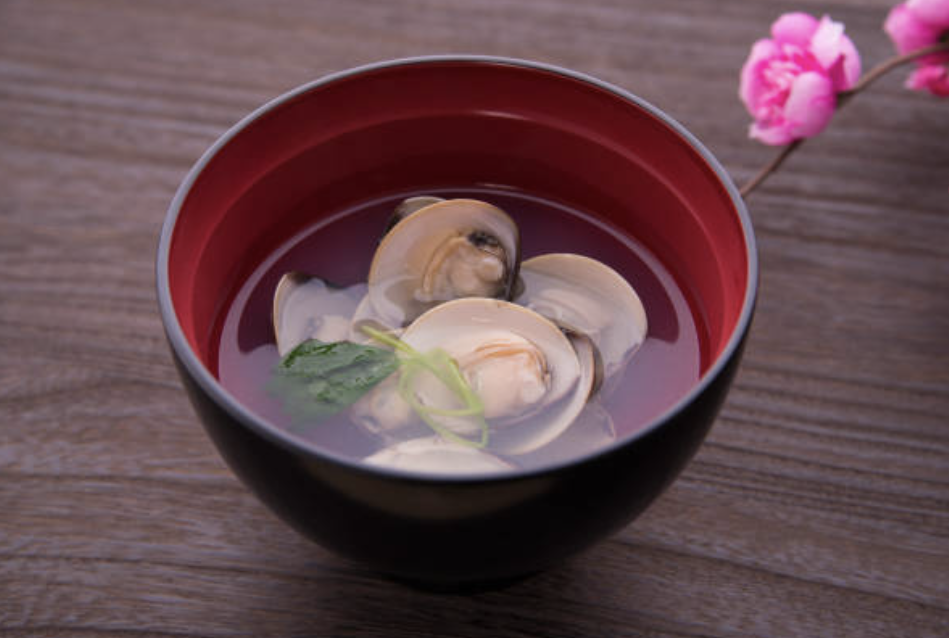
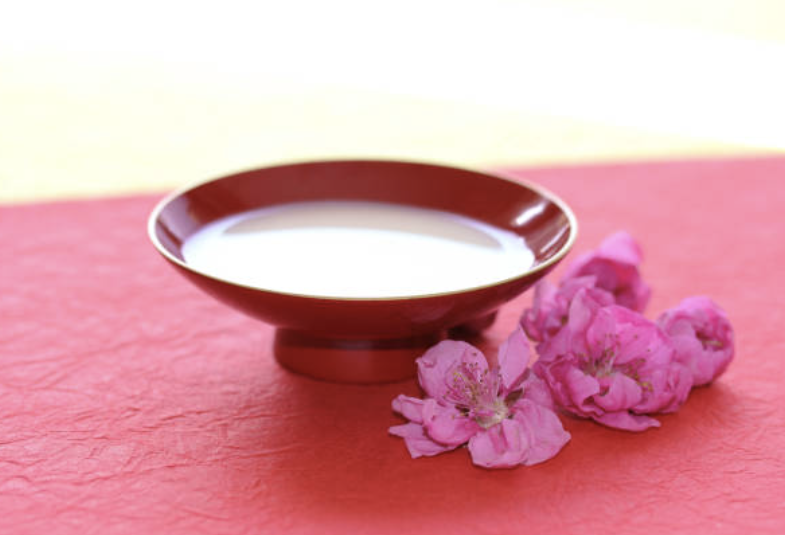
The Floating Purification Ritual – attend Hina Nagashi
In rural Japan, the practice of hina nagashi (雛流し) continues. This involves floating paper dolls down rivers to carry away bad luck, symbolically purifying the participants. Observe this custom in locations like:
- Shimogamo Shrine (Kyoto): UNESCO-listed shrine with a hina nagashi ceremony.
- Edo Nagashibina Festival (Asakusa, Tokyo).
- Tottori Doll Museum: Hosts the nagashi-bina ritual annually near the museum.
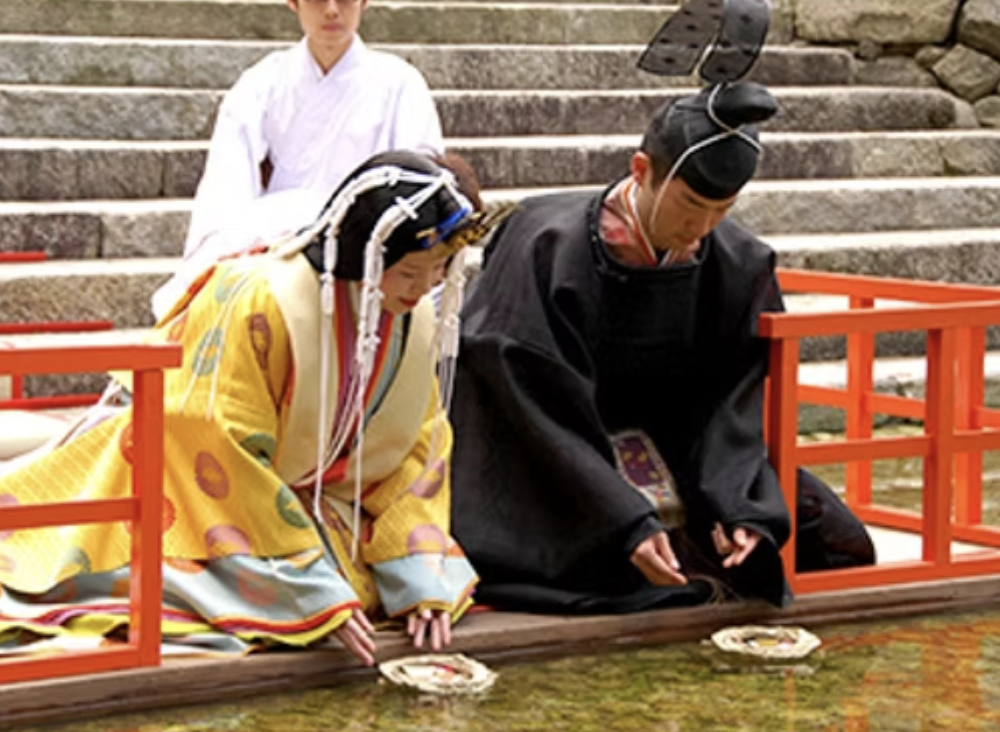
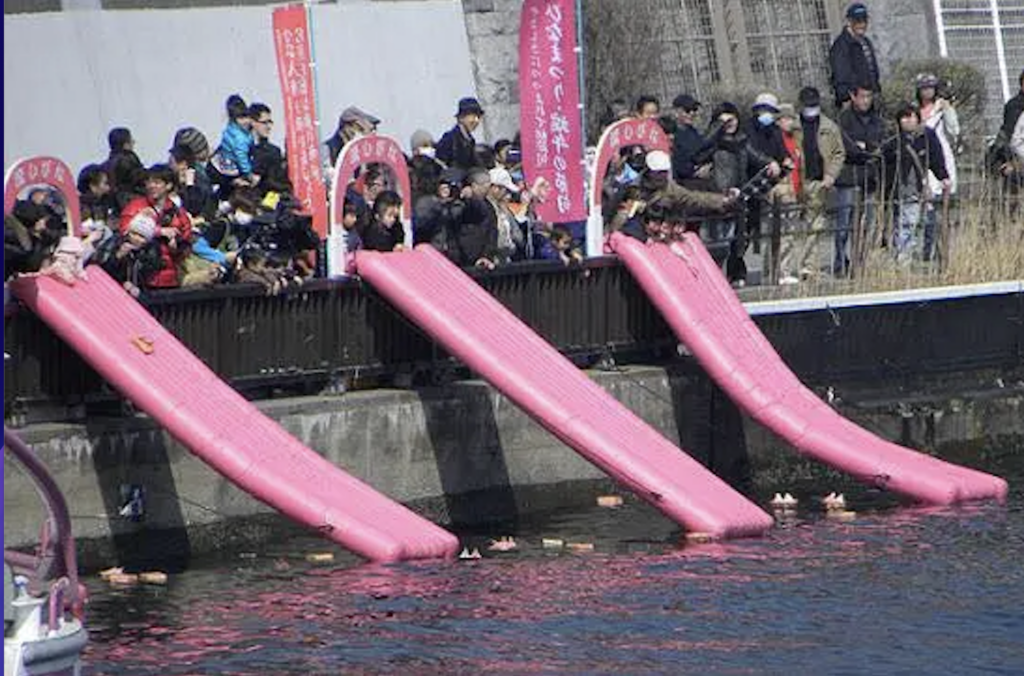
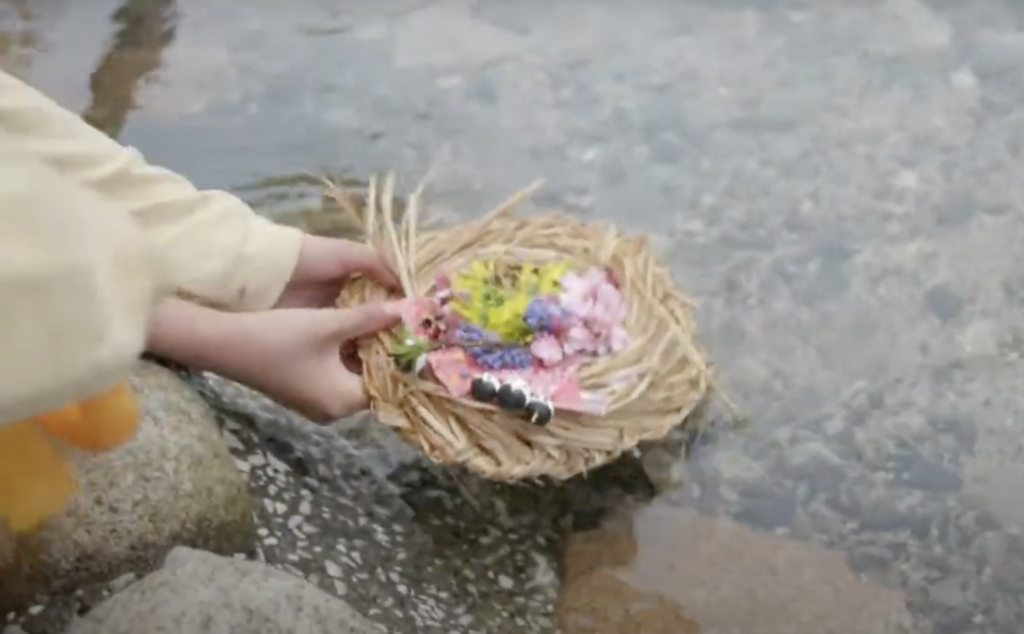
Public display to visit
In many cities, public displays of hina dolls are organized. Some notable exhibitions include:
- Hotel Gajoen Tokyo: A cultural asset hosting the “1000 Years of Hina Dolls” exhibition.
- Katsuura Big Hinamatsuri (Chiba): A large-scale event with over 30,000 hina dolls.
- Iwatsuki (Saitama): Known as the “City of Dolls.”
- Sawara Hinabune Spring Festival (Chiba): People dressed in hina outfits parade down the Ono River on a boat.
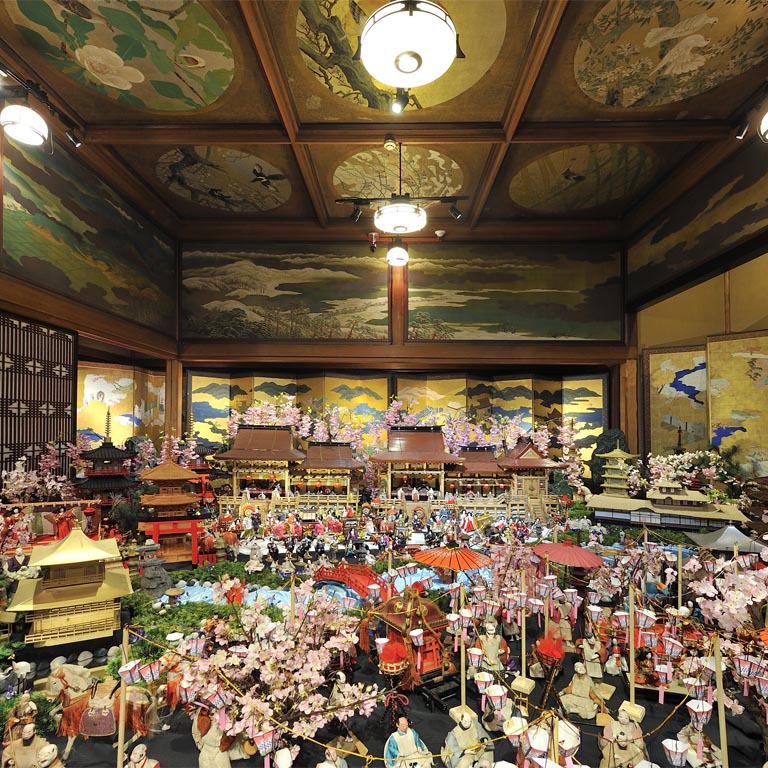
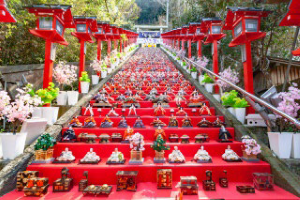
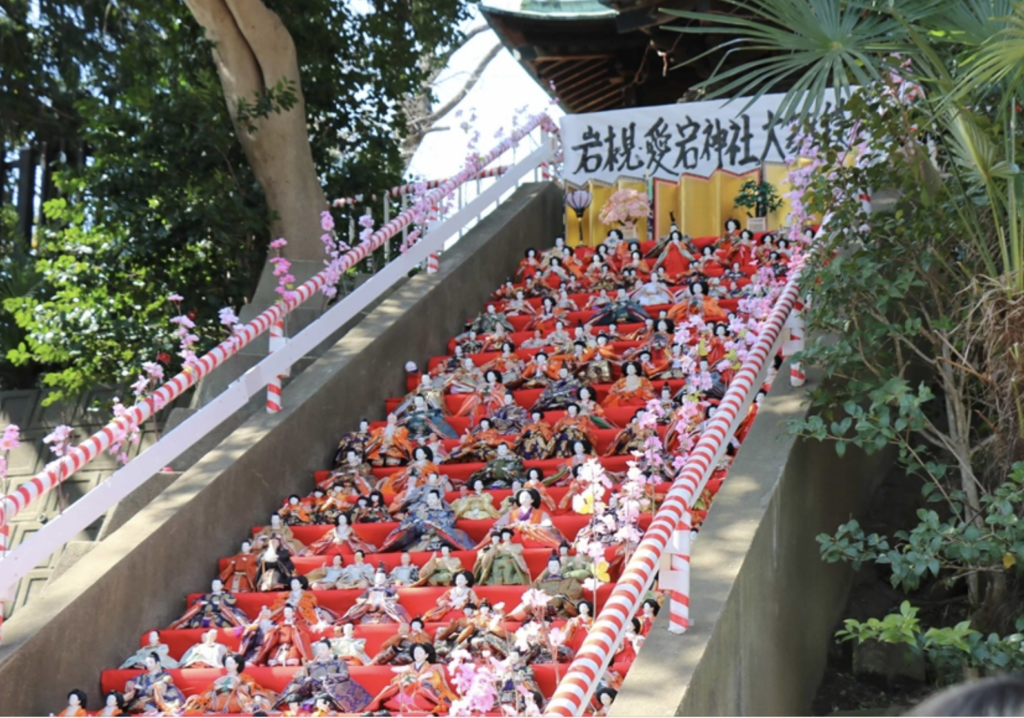
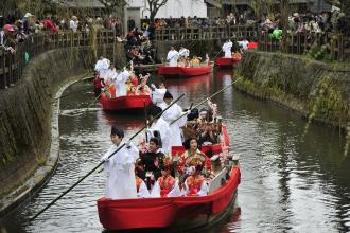
Modern Hinamatsuri
Modern celebrations often incorporate traditional and unique elements. Families may enjoy seasonal sweets like momo wagashi or fold paper dolls together. Contemporary cake shops also create stunning hinamatsuri-themed confections.
At its heart, Hinamatsuri is a time to gather as a family and celebrate daughters, wishing them bright futures filled with health and happiness. Whether through traditional rituals or modern adaptations, this holiday is a warm part of Japan’s cultural heritage.
On May 5th, Japan celebrates Boy’s Day, a national holiday, unlike Hinamatsuri. However, recently, it has been relabeled as Kids Day to promote equality.
